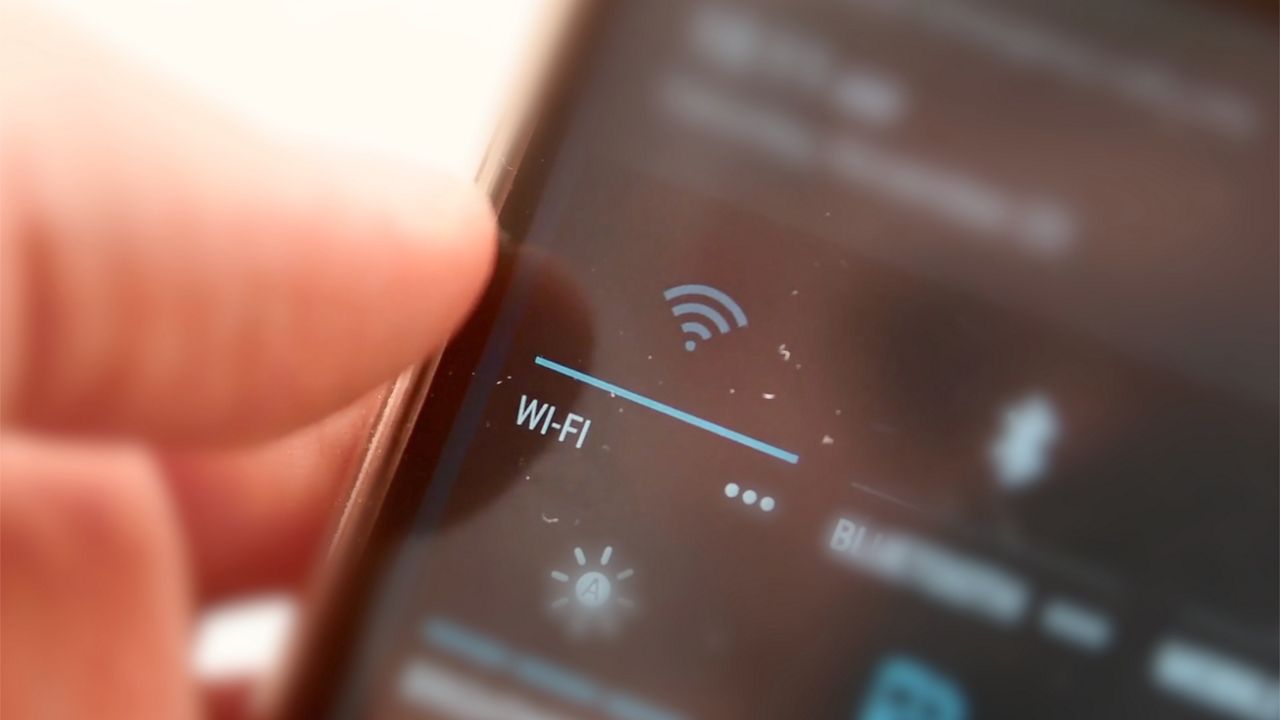N.Y. internet providers must offer discount broadband to low-income residents
N.Y. low-income residents can get discount broadband Spectrum News


New York Court Rules in Favor of Discounted Internet Rates for Low-Income Residents

The 2nd U.S. Circuit Court of Appeals in Manhattan has reversed a previous ruling and granted New York the ability to enforce a law that requires internet service providers to offer heavily discounted rates to low-income residents. This decision, which came on Friday, supports the state’s efforts to bridge the digital divide and promote inclusivity.
Background
In 2021, New York state lawmakers approved a law as part of the budget to address the issue of internet accessibility for low-income individuals. The law mandates that internet companies must provide broadband service to eligible residents for as low as $15 per month. Failure to comply with this requirement may result in fines imposed by the state.
Legal Challenge
Telecoms trade groups filed a lawsuit against the law, arguing that it would impose significant financial burdens on them and that it infringed upon a federal law governing internet service. However, the recent ruling by the appeals court has upheld the state’s authority to regulate internet rates in order to ensure affordable access for all.
Implications and Next Steps
The decision by the court is seen as a victory for advocates of affordable internet access and aligns with the United Nations’ Sustainable Development Goals (SDGs), particularly Goal 9: Industry, Innovation, and Infrastructure, and Goal 10: Reduced Inequalities. By providing discounted rates to low-income residents, New York aims to bridge the digital divide and promote social and economic inclusion.
While the industry groups expressed disappointment with the court’s decision, they are currently considering their options for further legal action. They argue that rate regulation in competitive industries discourages investment in infrastructure and may jeopardize the sustainability of broadband operations in certain areas.
However, supporters of the law emphasize that access to the internet has become an essential utility, enabling individuals to access education, job opportunities, healthcare services, and other vital resources. By implementing discounted rates for low-income residents, New York state aims to ensure that no one is left behind in the digital age.
SDGs, Targets, and Indicators Analysis
1. Which SDGs are addressed or connected to the issues highlighted in the article?
- SDG 1: No Poverty
- SDG 9: Industry, Innovation, and Infrastructure
- SDG 10: Reduced Inequalities
- SDG 11: Sustainable Cities and Communities
The article discusses a law in New York that requires internet service providers to offer heavily discounted rates to low-income residents. This addresses the issue of reducing poverty (SDG 1) by providing affordable access to the internet, which has become a vital utility. It also connects to SDG 9 as it involves the regulation of the telecom industry and infrastructure development. Additionally, it contributes to SDG 10 by reducing inequalities in access to information and communication technologies. Finally, it aligns with SDG 11 by promoting sustainable cities and communities through improved connectivity.
2. What specific targets under those SDGs can be identified based on the article’s content?
- SDG 1.4: By 2030, ensure that all men and women, in particular, the poor and the vulnerable, have equal rights to economic resources, as well as access to basic services, ownership, and control over land and other forms of property.
- SDG 9.C: Significantly increase access to information and communications technology and strive to provide universal and affordable access to the internet in least developed countries by 2020.
- SDG 10.2: By 2030, empower and promote the social, economic, and political inclusion of all, irrespective of age, sex, disability, race, ethnicity, origin, religion, or economic or other status.
- SDG 11.A: Support positive economic, social, and environmental links between urban, peri-urban, and rural areas by strengthening national and regional development planning.
Based on the article’s content, the specific targets that can be identified include ensuring equal access to economic resources and basic services for the poor and vulnerable (SDG 1.4), increasing access to information and communications technology (SDG 9.C), promoting social and economic inclusion (SDG 10.2), and strengthening development planning for sustainable cities and communities (SDG 11.A).
3. Are there any indicators mentioned or implied in the article that can be used to measure progress towards the identified targets?
Yes, there are indicators mentioned in the article that can be used to measure progress towards the identified targets. These indicators include:
- Percentage of low-income residents in New York who have access to heavily discounted broadband service
- Average monthly cost of broadband service for low-income residents in New York
- Number of fines imposed on internet service providers for non-compliance with the law
- Investment in broadband infrastructure in areas with low-income residents
These indicators can be used to measure progress towards ensuring equal access to economic resources and basic services (SDG 1.4), increasing access to information and communications technology (SDG 9.C), promoting social and economic inclusion (SDG 10.2), and strengthening development planning for sustainable cities and communities (SDG 11.A).
4. Table: SDGs, Targets, and Indicators
| SDGs | Targets | Indicators |
|---|---|---|
| SDG 1: No Poverty | Target 1.4: By 2030, ensure that all men and women, in particular, the poor and the vulnerable, have equal rights to economic resources, as well as access to basic services, ownership, and control over land and other forms of property. | – Percentage of low-income residents in New York who have access to heavily discounted broadband service – Average monthly cost of broadband service for low-income residents in New York |
| SDG 9: Industry, Innovation, and Infrastructure | Target 9.C: Significantly increase access to information and communications technology and strive to provide universal and affordable access to the internet in least developed countries by 2020. | – Number of fines imposed on internet service providers for non-compliance with the law – Investment in broadband infrastructure in areas with low-income residents |
| SDG 10: Reduced Inequalities | Target 10.2: By 2030, empower and promote the social, economic, and political inclusion of all, irrespective of age, sex, disability, race, ethnicity, origin, religion, or economic or other status. | – Percentage of low-income residents in New York who have access to heavily discounted broadband service – Average monthly cost of broadband service for low-income residents in New York |
| SDG 11: Sustainable Cities and Communities | Target 11.A: Support positive economic, social, and environmental links between urban, peri-urban, and rural areas by strengthening national and regional development planning. | – Investment in broadband infrastructure in areas with low-income residents |
Copyright: Dive into this article, curated with care by SDG Investors Inc. Our advanced AI technology searches through vast amounts of data to spotlight how we are all moving forward with the Sustainable Development Goals. While we own the rights to this content, we invite you to share it to help spread knowledge and spark action on the SDGs.
Fuente: spectrumlocalnews.com

Join us, as fellow seekers of change, on a transformative journey at https://sdgtalks.ai/welcome, where you can become a member and actively contribute to shaping a brighter future.







